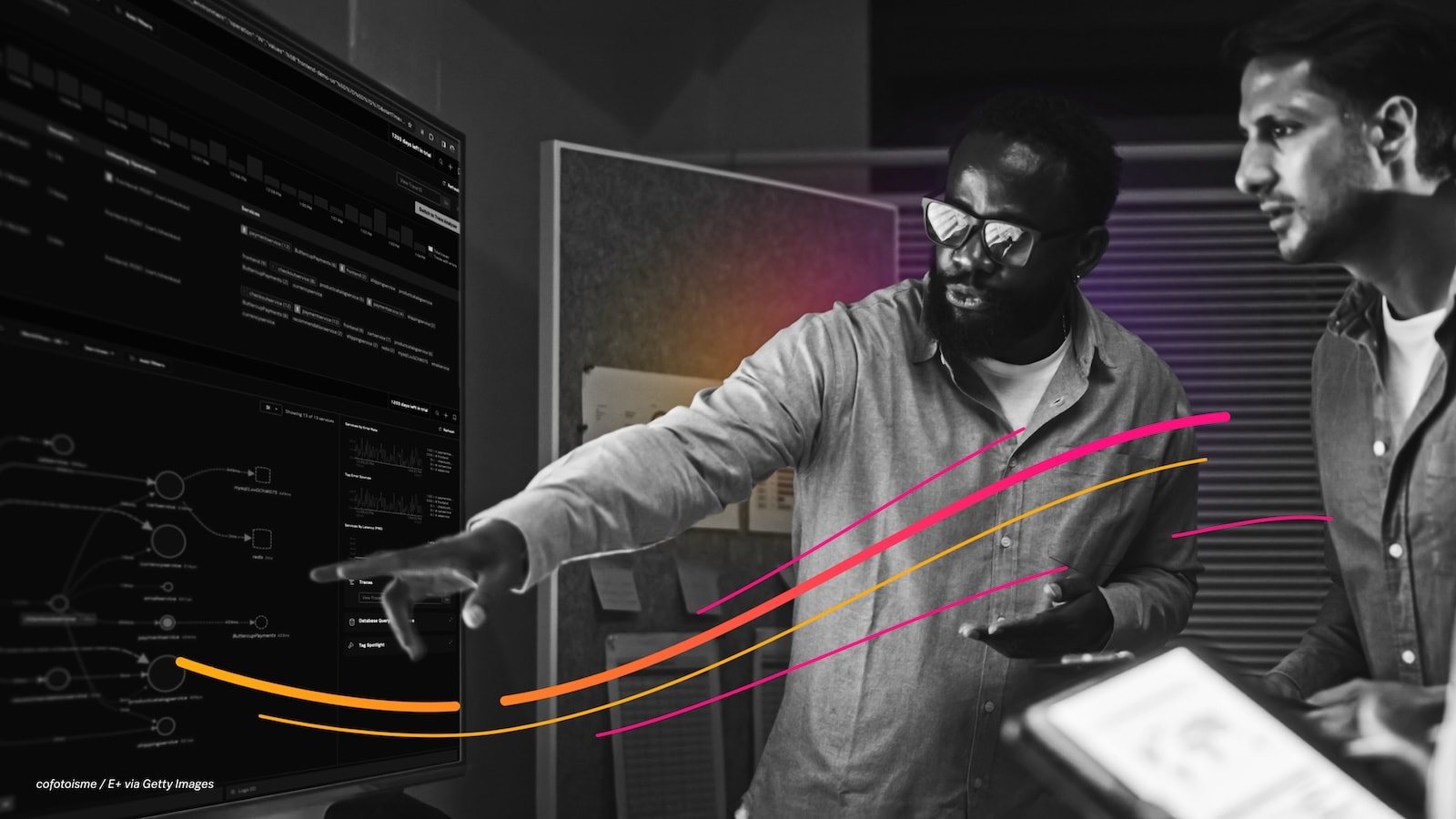Splunk Blogs
Observability
3 Min Read
Splunk releases its newest report, State of Observability 2025: The Rise of a New Business Catalyst.
Featured Articles
MachineGPT: Speaking the Language of Machines to Shape the Future of AI
MachineGPT brings the power of generative AI to one of the most overlooked resources: machine data. Splunk SVP & GM Kamal Hathi explains why mastering data as the heartbeat of the digital world is a game changer.
Unify Observability, Surface Business Impact, and Solve Problems Using AI Agents with Latest Splunk Observability Innovations
Announcing the next set of Splunk Observability innovations we'll be demonstrating at Kubecon North America and Cisco Live Melbourne.
Splunk Advances the OpenTelemetry Project with Its Latest Donation, the OpenTelemetry Injector
Splunk announces a donation to the OpenTelemetry project that will help solve the challenges of implementation for everyone — the OpenTelemetry Injector.
.conf & .conf Go
Powering and Protecting the AI Revolution: A New Era for Splunk and Cisco at .conf25
Splunk's Kamal Hathi recaps our innovation highlights from .conf25, marking a pivotal moment for Splunk and Cisco as we deliver significant new value to our customers that make the use of AI a practical reality in their organizations.
A Recap of .conf25 Splunk Observability Announcements
At .conf25, we unveiled new capabilities in Splunk Observability Cloud that redefine digital resilience in the AI era with smarter detection and investigation of business-critical issues.
Splunk Enterprise Security: Built to Empower Every SOC Analyst
Announcing a transformative update to Splunk Enterprise Security (ES) with 8.2: An AI-powered SecOps platform designed to unify and accelerate threat detection, investigation, and response (TDIR) in one seamless experience.
Powering AI Innovation with Splunk: Meet the Cisco Data Fabric
The Cisco Data Fabric brings AI-centric advancements to the Splunk Platform, seamlessly connecting knowledge, business, and machine data.
In Case You Missed It: 2025 Splunkie Award Winners Announced at .conf25!
Cue the data-powered drumroll – here are your 2025 Splunkie Award winners announced at .conf25!
Announcing the 2025 Splunk Partner Award Winners
Congratulations to the 2025 Splunk Partner Awards winners and our entire partner community on an outstanding year!
Learn
SIEM: Security Information & Event Management Explained
SIEM is a cybersecurity game-changer, especially for large organizations. Learn key SIEM features and functions & how to choose the right SIEM tool.
IT and Technology Spending & Budgets for 2025: Trends & Forecasts
Tech & IT spending is on the rise in 2025 across the globe. Read more on investment trends and see which regions will spend the most.
What Are SLMs? Small Language Models, Explained
Large language models have changed the world. What about small language models? Learn what SLMs are, how they differ from LLMs, and why SLMs are the future.
Telemetry 101: An Introduction To Telemetry
Telemetry is powerful data that can tell you all sorts of important information. Know what you can do with this useful data — get the full telemetry 101 here.
What are SaaS, PaaS, & IaaS?
Yes, the cloud makes work better. But which cloud model is right for you? Understand how SaaS, PaaS, and IaaS works in this ultimate guide.
What is Observability? An Introduction
In this blog post, we'll look at definitions, best practices, and key concepts around Observability in IT.
Latest Articles
The Digital Experience Trap: Are Companies Going Pro With Amateur Tools?
What is the relationship between world-class athletes and world-class IT systems? Explore the similarities in preparation and performance and see how your company stacks up against the competition.
What's New with Splunk Enterprise Security 6.6?
Learn about the latest and greatest features of Splunk Enterprise Security 6.6.
Ransomware Groundhog Day: Elevating Your Program in a High-Threat Environment
REvil attackers exploited Kaseya, a highly trusted management software. Here's how security leaders can take actionable steps to improve your business's defenses.
I Scream, You Scream, We All Scream For BOTS!
We are excited to announce our August Boss of the SOC (BOTS) V event! What’s new in BOTS V? I’m glad you asked. This year, we find our favorite brewery, Frothly, converting to a remote model and embracing the cloud for ‘all the things.'
Cyclical Statistical Forecasts and Anomalies – Part 5
When your datasets are far from simple, your anomaly detection techniques must evolve to scale with the growing complexity. In this blog, you will learn various ways to take your anomaly detection to the next level no matter the complexity of your data.
REvil Ransomware Threat Research Update and Detections
On July 2, 2021, REvil group used Kaseya to distribute malware to its on-premises customers. Splunk has pushed out guidance to help understand and detect REvil. Learn more about the REvil ransomeware group, their tactics, and how to detect them using Splunk.
Kaseya, Sera. What REvil Shall Encrypt, Shall Encrypt
Kaseya VSA, remote monitoring management (RMM) software heavily used by managed service providers (MSP), was compromised by REvil, and is being used to distribute ransomware to its on-premises customers. Find out more on how to detect REvil in your environment.
Debugging Microservices with Distributed Tracing and Real-Time Log Analytics
Learn more about how Splunk APM and Splunk Log Observer make debugging microservices with distributed tracing and real-time log analytics fast and easy.
Fashionably Late: The Zero Trust Trend is Here to Stay
Whether you were hip to the zero trust trend before it started being cool, or are arriving fashionably late, learn how to leverage a data-driven approach to achieve zero trust outcomes and improve the overall security capabilities of the organization in the process.
